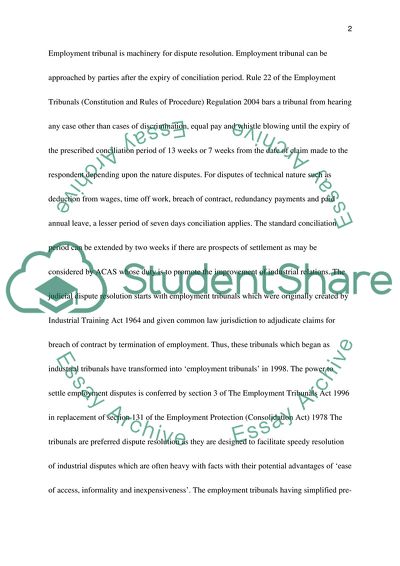Cite this document
(Employment Tribunal and the Employment Appeals Tribunal Assignment, n.d.)
Employment Tribunal and the Employment Appeals Tribunal Assignment. https://studentshare.org/law/1758442-employment-law-the-employment-relationship
Employment Tribunal and the Employment Appeals Tribunal Assignment. https://studentshare.org/law/1758442-employment-law-the-employment-relationship
(Employment Tribunal and the Employment Appeals Tribunal Assignment)
Employment Tribunal and the Employment Appeals Tribunal Assignment. https://studentshare.org/law/1758442-employment-law-the-employment-relationship.
Employment Tribunal and the Employment Appeals Tribunal Assignment. https://studentshare.org/law/1758442-employment-law-the-employment-relationship.
“Employment Tribunal and the Employment Appeals Tribunal Assignment”. https://studentshare.org/law/1758442-employment-law-the-employment-relationship.


